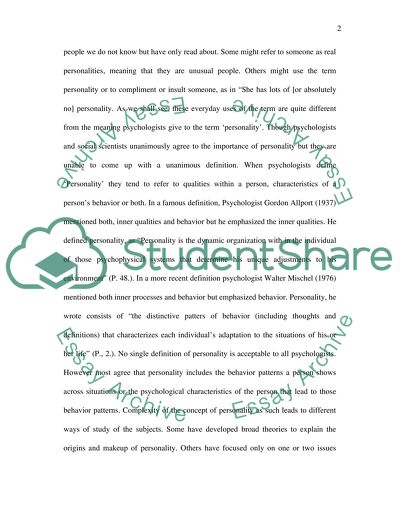Cite this document
(“Personality and Socialization Essay Example | Topics and Well Written Essays - 3250 words”, n.d.)
Personality and Socialization Essay Example | Topics and Well Written Essays - 3250 words. Retrieved from https://studentshare.org/psychology/1500289-personality-master-essay
Personality and Socialization Essay Example | Topics and Well Written Essays - 3250 words. Retrieved from https://studentshare.org/psychology/1500289-personality-master-essay
(Personality and Socialization Essay Example | Topics and Well Written Essays - 3250 Words)
Personality and Socialization Essay Example | Topics and Well Written Essays - 3250 Words. https://studentshare.org/psychology/1500289-personality-master-essay.
Personality and Socialization Essay Example | Topics and Well Written Essays - 3250 Words. https://studentshare.org/psychology/1500289-personality-master-essay.
“Personality and Socialization Essay Example | Topics and Well Written Essays - 3250 Words”, n.d. https://studentshare.org/psychology/1500289-personality-master-essay.


